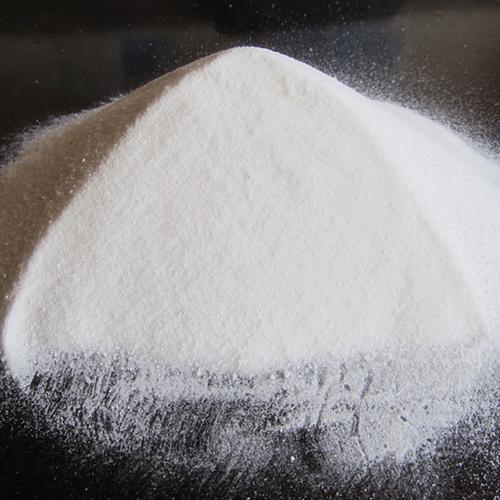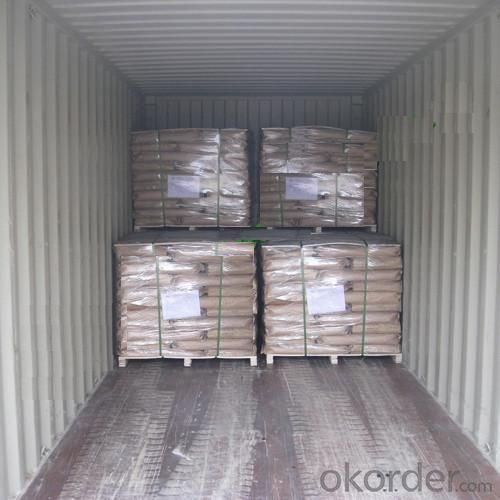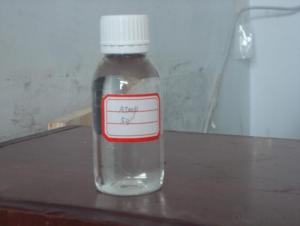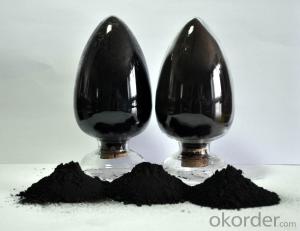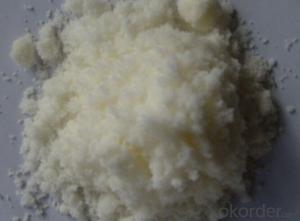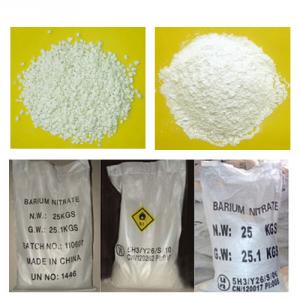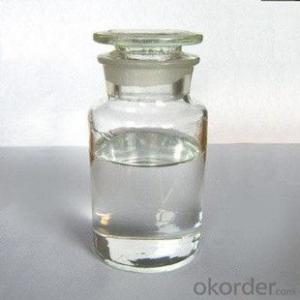Potassium Nitrate Industrial Grade Construction Chemical
- Loading Port:
- China main port
- Payment Terms:
- TT OR LC
- Min Order Qty:
- 1000 kg
- Supply Capability:
- 500000 kg/month
OKorder Service Pledge
OKorder Financial Service
You Might Also Like
Potassium Nitrate Industrial Grade Construction Chemical
Description:
Molecular formula: KNO3
Molecular weight: 101.10
Performance:
It is colorless rhomboidal crystal or powder particle. Relative density is 2.1109; melting point is 333℃. It resolves and emits oxygen at 400℃ and become potassium nitrite. It is soluble in water(0℃, 13.3g/100gH2O;30℃,
45.8g/100H2O;100℃, 246.0g/100gH2O), insoluble in alcohol, soluble in liquid ammonia and glycerol.
Industrial use:
it is raw material for the production of black powder, ignition harness and fireworks; it is used as salt bath in mechanical heat
treatment; used to produce color ceramic glaze, glass refining agent, lens, optical glass, kinescope glass and etc. It is also be
used to produce Penicilline potassium salt, as color former and preservative for meat product.
Executive Standard :
national standard GB/T 1918-2011.
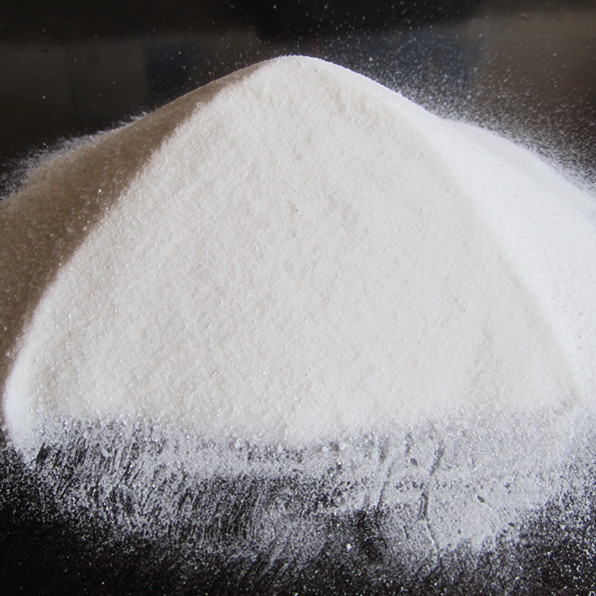
specification inspection item | Unit | industrial grade (GB/T1918-2011) | ||
high-class product | top quality product | qualified product | ||
content | % ≥ | 99.7 | 99.4 | 99.0 |
moisture | % ≤ | 0.10 | 0.20 | 0.30 |
chloride(in Clˉ) | % ≤ | 0.01 | 0.02 | 0.10 |
water insoluble | % ≤ | 0.01 | 0.02 | 0.05 |
sulfate(in SO4ˉ) | % ≤ | 0.005 | 0.01 | — |
moisture rate | % ≤ | 0.25 | 0.30 | — |
Ferrum(Fe) | % ≤ | 0.003 | — | — |
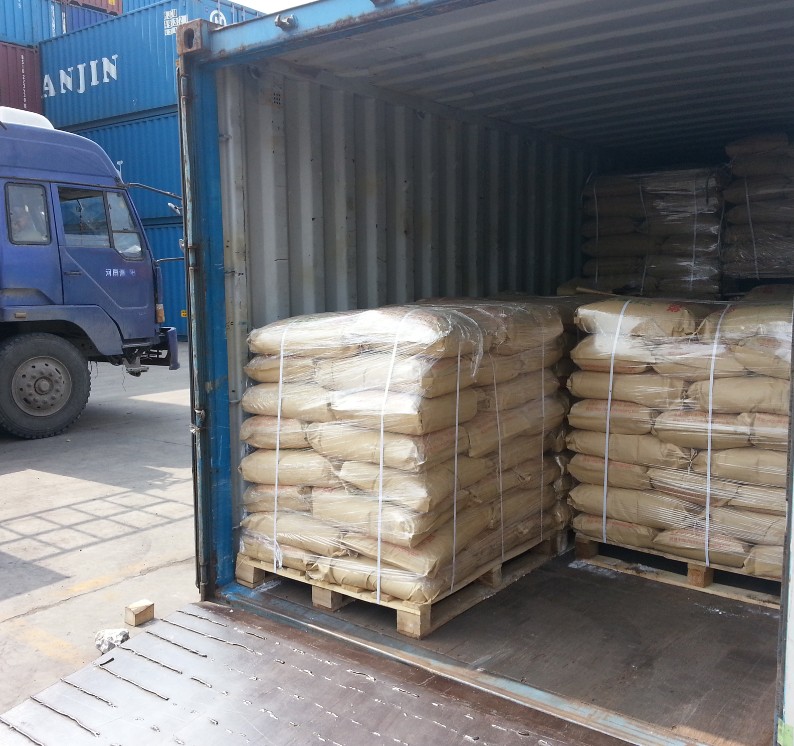
Packing:
plastic woven bag or paper-plastic compound bag, inner plastic bag;polythelene bag, net weight is 25/50KG.
Protection: Please wear respirator to avoid Potassium nitrate dust inhalation to protect respiratory organ; and please wear
work clothes and latex gloves to protect skin.
Storage:
in dry, cool and ventilated warehouse, be away from heat and fire source. The temperature should not over 30℃, and relative
humidity should less than 80%. In addition, it should separate from reducing agent, acids,
Inflammable matters and reactive metal powder.
FAQ
1.Q: What is MOQ?
A: Our MOQ is 1 TON.
2.Q: Could you offer free sample?
A: We can provide free samples to you for quality testing.
3.Q: What about your packing?
A: For liquid: Flexitank, or IBC tank 1000L
For powder:Woven fabric bag with plastic film liner( 25kg or 1000kg)
Clients’ packing is workable.
4.Q: How about your productive capacity?
A: 150000 tons/Year.
5.Q: What is your delivery time?
A: Within 7 days after received deposit or L/C at sight.
- Q: Why the amount of catalyst is too small will make the chemical reaction rate slowed down
- Can significantly change the reaction rate and its own chemical properties and quantity in the reaction before and after the basic material unchanged. The catalyst has a positive catalyst (i.e., accelerates the reaction rate) and a negative catalyst (i.e., reduces the reaction rate), and generally does not specifically refer to both the positive catalyst.
- Q: What is the difference between electrocatalysis and general chemical catalysis?
- General chemical catalysis is a catalyst, and electrocatalysis also need to be carried out under the conditions of the electric field
- Q: How does the chemical equation calculate the quality of the catalyst?
- So it is not included in the calculation
- Q: Chemical catalyst in several ways
- In general, positive catalyst (accelerated rate) and negative catalyst (slowing down)
- Q: What is the quality of the catalyst in the chemical reaction, for example, 34.3 g before the hydrogen peroxide reaction, 32.7 g after the reaction, and how much is the catalyst mass?
- You can not calculate this question, the quality of the catalyst before and after the same reaction, how much reaction before the reaction on how much
- Q: Comparison of biocatalysts with chemical catalysts!
- 4, some of the catalytic activity of biological enzymes and related factors .5, most of the enzymes are proteins, which will be high temperature, strong acid, alkali and other broken
- Q: Thorough explanation pls.
- by lowering the activation energy
- Q: Hydrogen and nitrogen in the high temperature and pressure and catalyst conditions for the synthesis of ammonia chemical equation
- 3H2 + N2 = 2NH3 conditional catalyst
- Q: and can you give me an example of it .. please give it in easy terms if you can. thanks
- a catalyst enables a reaction to occur quicker, by lowering the activation energy, and finding it an alternate path way to react. example of a catalyst is an enzyme, found in our saliva, it helps us digest our foods, by breaking it down into smaller pieces.
- Q: What is the analytical principle of chemical adsorbents? How about the number of active catalyst centers tested?
- What do you mean by the chemical adsorber? BET is the use of the surface of the uneven force field, but the inert gas at low temperature in the surface adsorption. TPD, TPR is the number of active centers that can be measured by the technique of desorption and reduction between specific gases and catalysts as the temperature increases. If the active site is a reduced position, H2-TPR can be used. If the active site is acidic, NH3-TPD can be used, but also the method of alkali titration.
Send your message to us
Potassium Nitrate Industrial Grade Construction Chemical
- Loading Port:
- China main port
- Payment Terms:
- TT OR LC
- Min Order Qty:
- 1000 kg
- Supply Capability:
- 500000 kg/month
OKorder Service Pledge
OKorder Financial Service
Similar products
Hot products
Hot Searches
Related keywords



